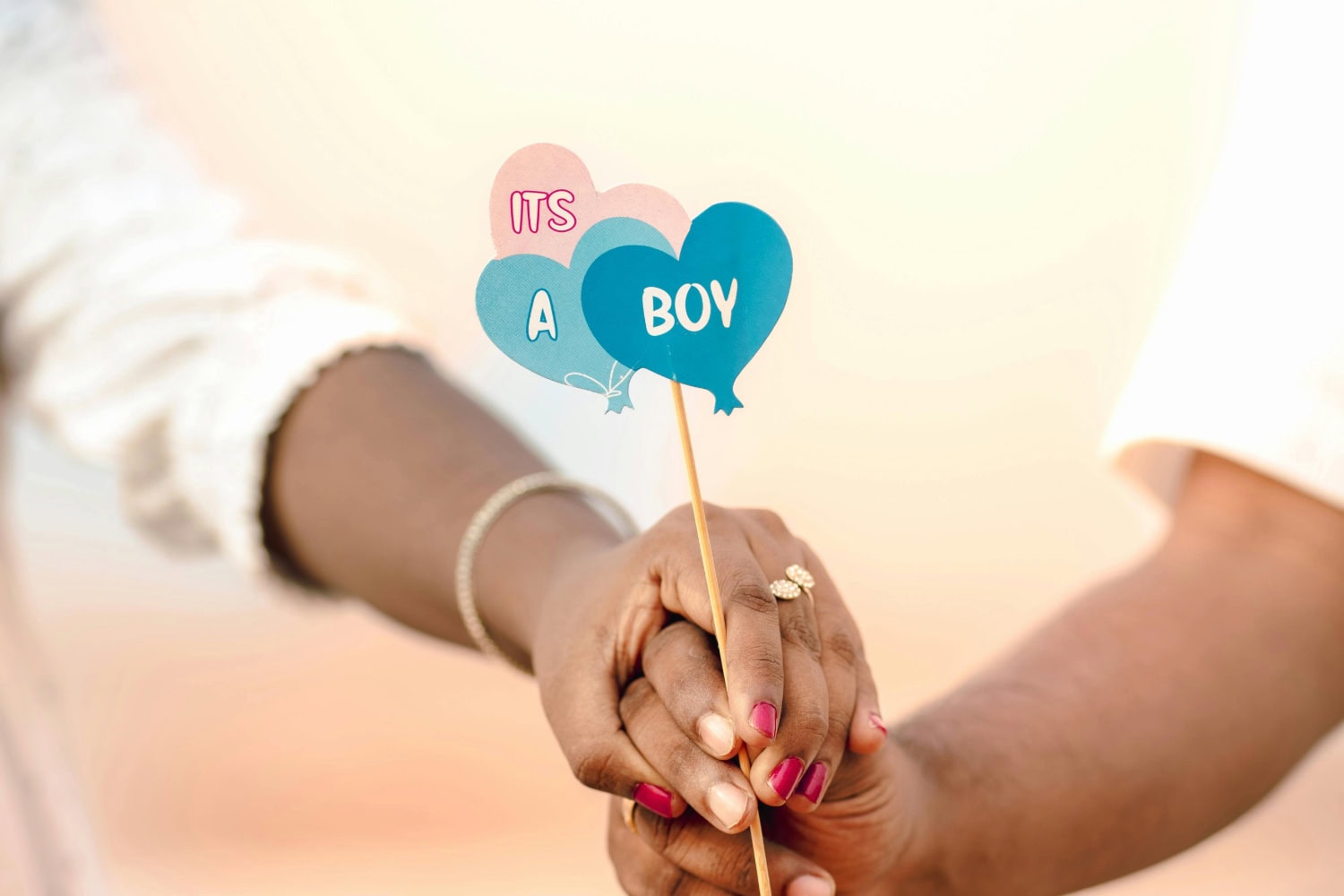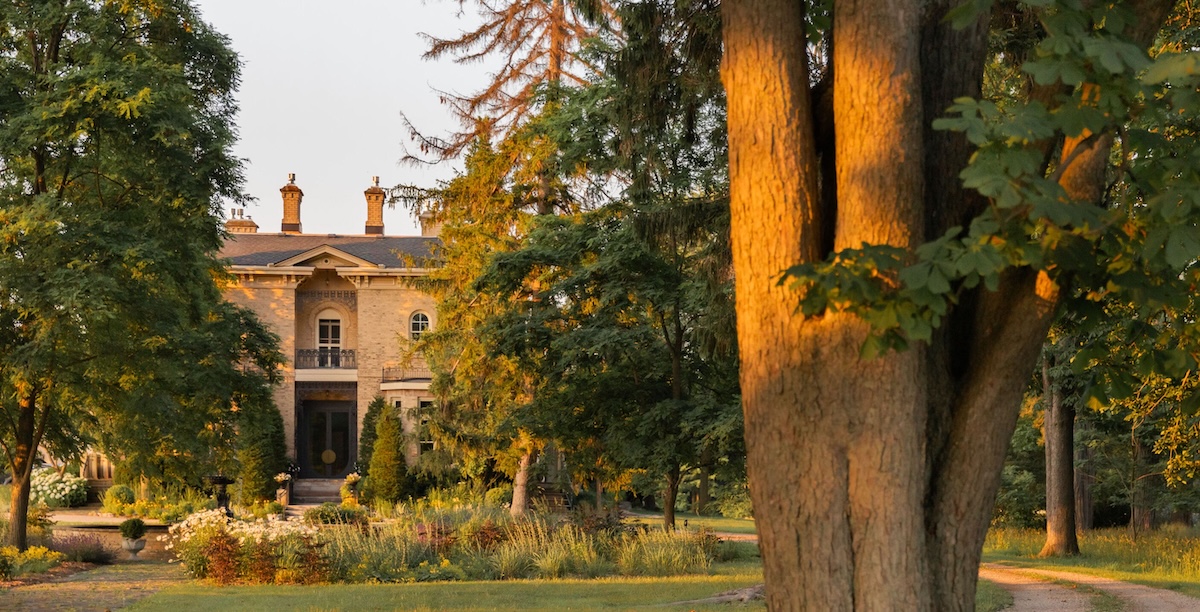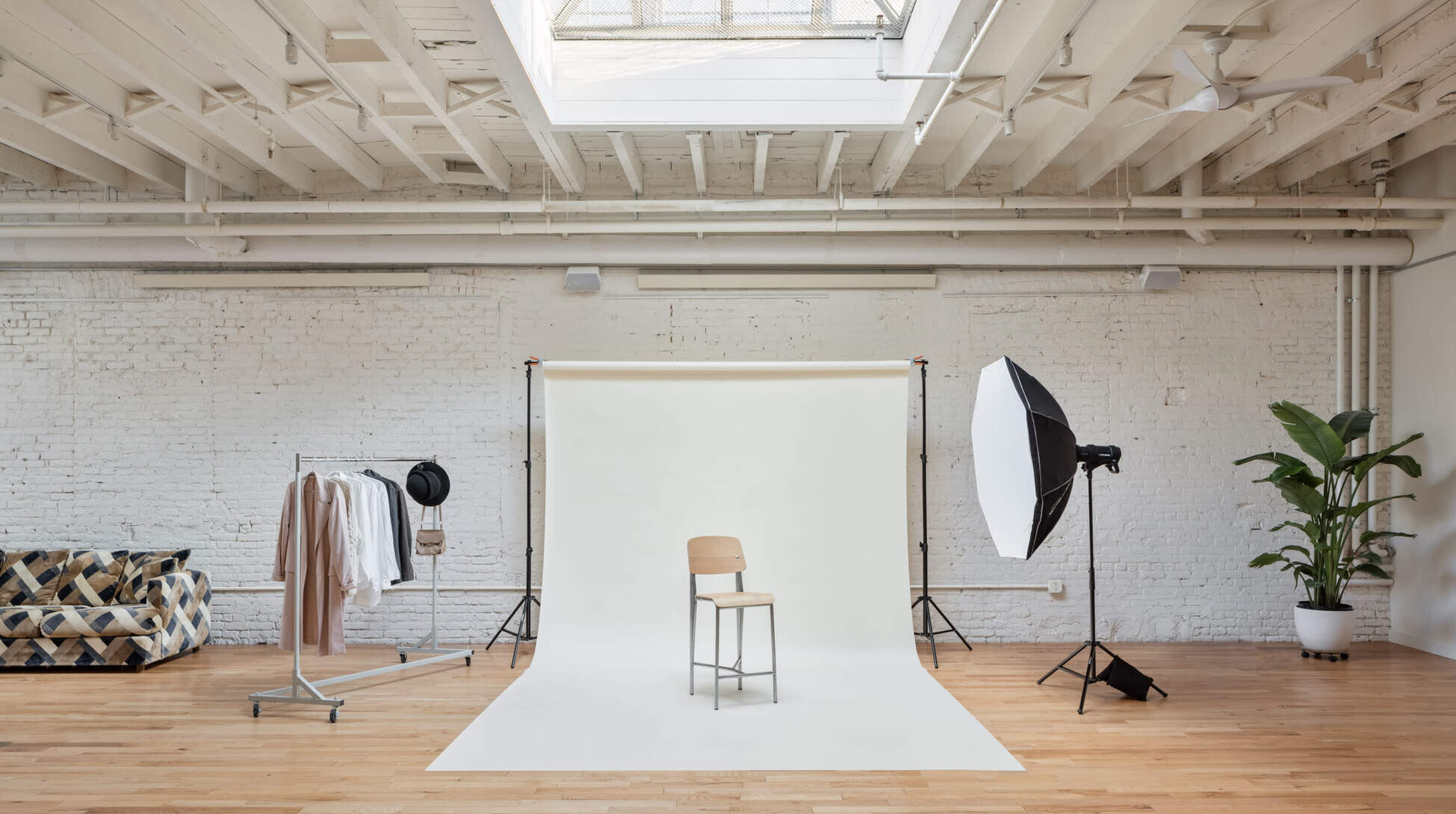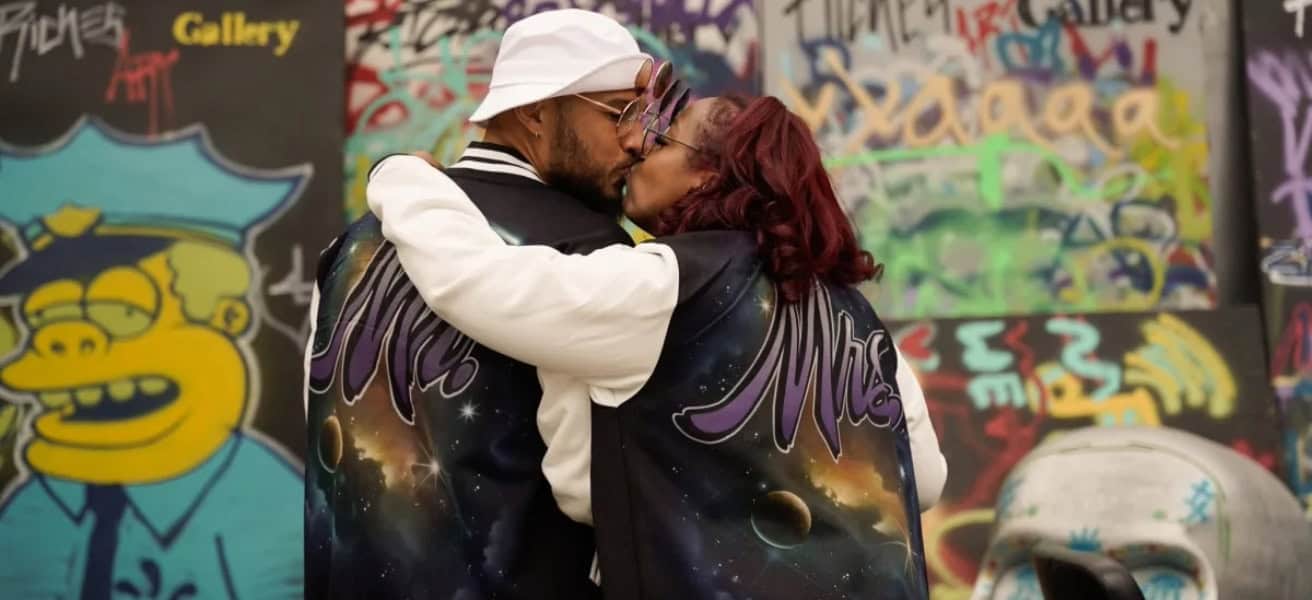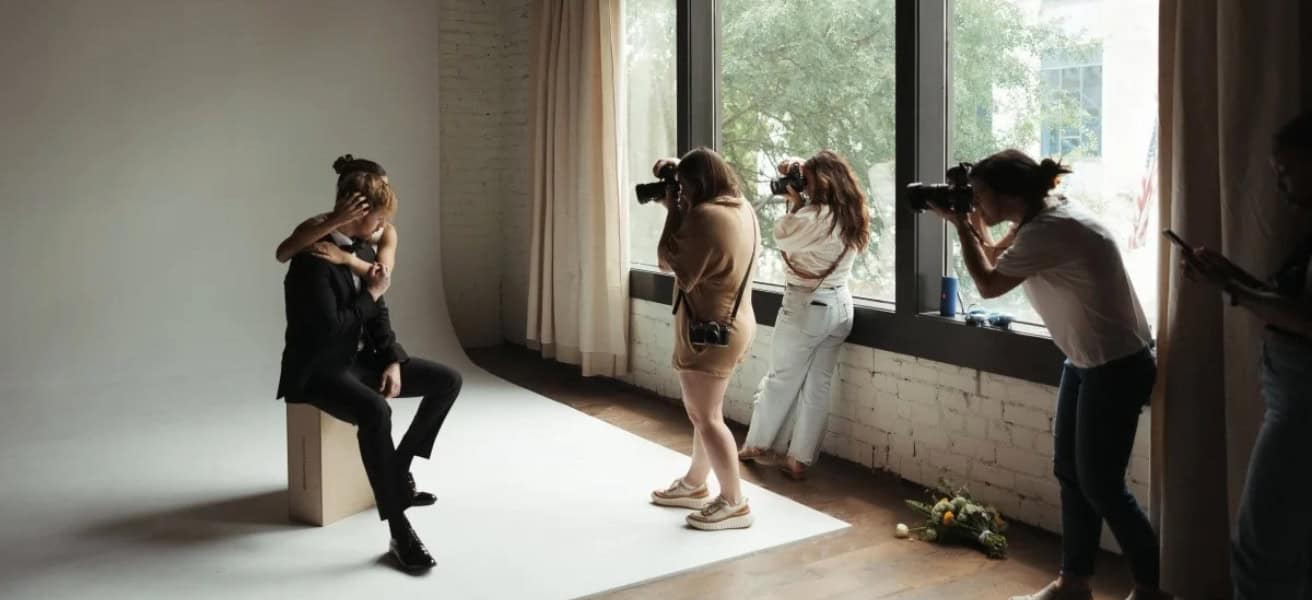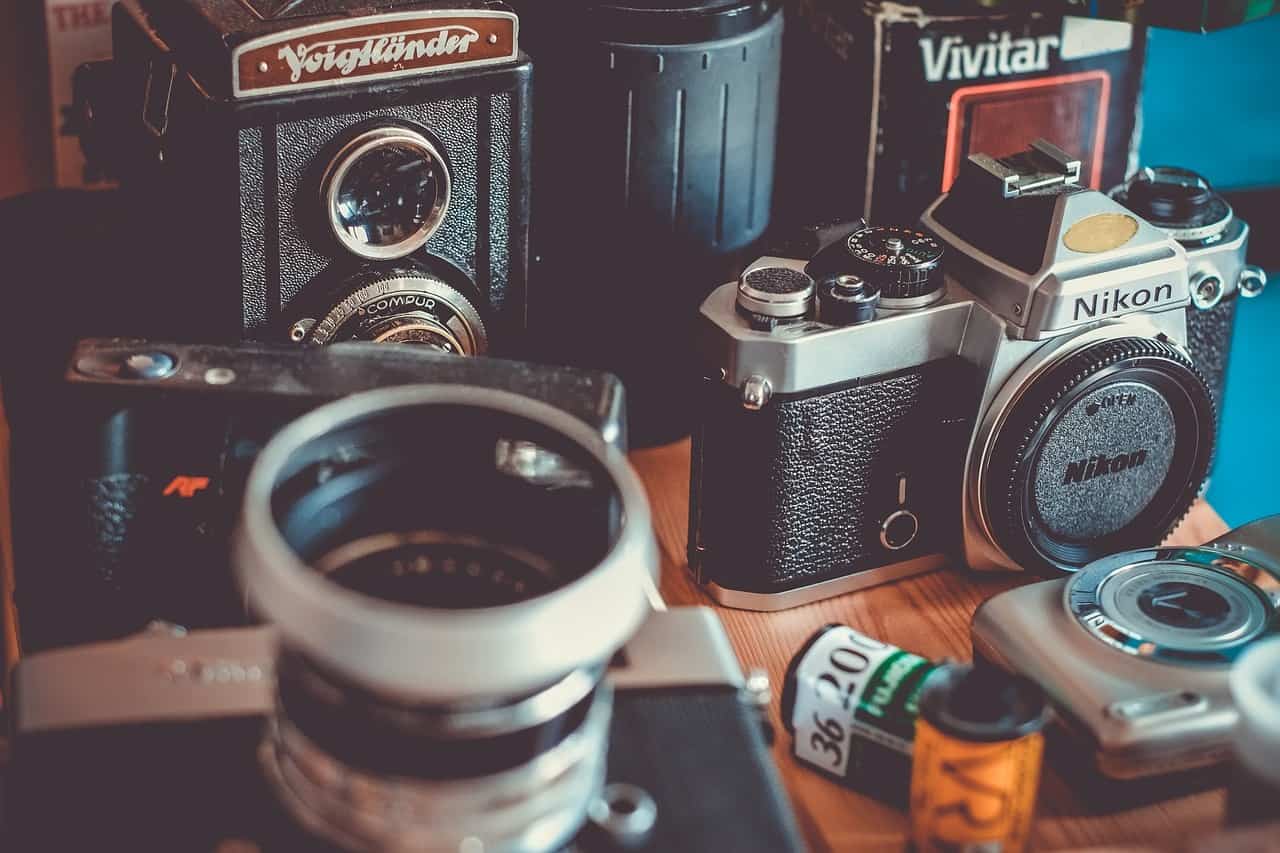
Source: Pixabay
In the era of digital photography, the idea of shooting film can seem both intimidating and unnecessary. After all, bad digital cameras are rare these days, and why would you want to work with old-school technology? It’s slow and can be imprecise — not to mention, getting your work online requires additional equipment and effort. But there’s a lot to be said for shooting film, as well as lots of things you need to know about shooting film in 2024.
Why shoot with film in the first place?
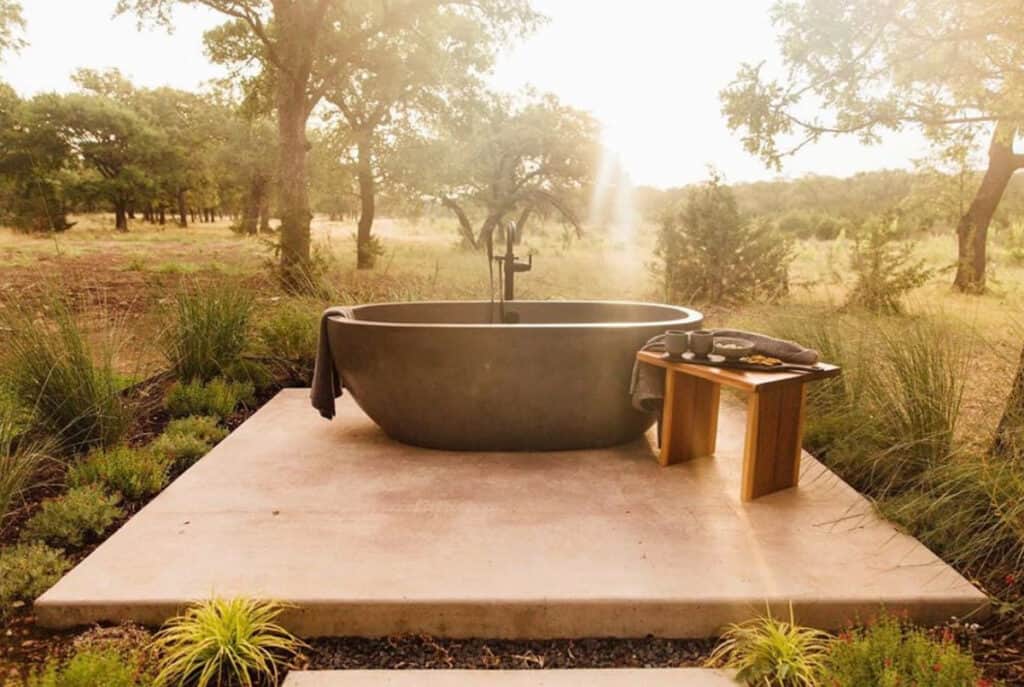
The downsides of shooting film are, in their own way, upsides. For instance, the process forces you to slow down and consider your shots carefully. Some photographers prefer being deliberate rather than simply firing away, knowing they can hold thousands of images on a memory card or shoot dozens of images a second in burst mode. Shooting film forces you to focus on each element of the process — it can remind you what it means to make a photograph in the first place. Many photographers would also agree that there’s something special in the feel of analog images, similar to the way people still love vinyl records.
Best of all, it isn’t as difficult as you might think. First things first, you need the perfect location for shooting film. If you consider booking an hourly Peerspace venue to shoot your film, you’ll have several advantages at your side. New to Peerspace? It’s the largest online marketplace for hourly venue rentals, including incredibly diverse and well-equipped photoshoot locations.
Some Peerspace hosts may even have film equipment available to rent when you book their venues. However, should you book a space and need any extras, be it A/V equipment or even catering, contact the Concierge service. They’ll source and deliver the goods to you at your venue!
Ahead, we’ll share everything you need to know about shooting film in 2024 and provide photos from real Peerspace rental venues you can shoot in today.
1. Choose your camera
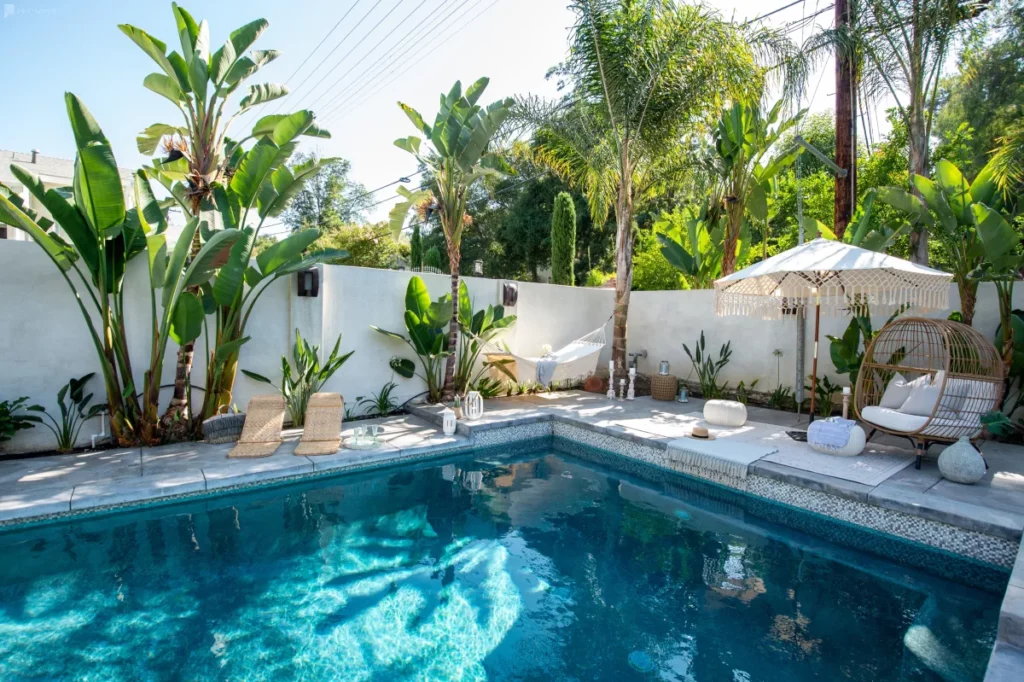
Before you can begin shooting film, you’ll need a camera. Because of the proliferation of digital cameras, old film cameras are often incredibly cheap. If you want to pick up something like a Leica, Rolleiflex, or Hasselblad, you’ll undoubtedly have to spend quite a bit. But there are plenty of 35mm film SLRs that you can have for very low prices. You’ll often find this equipment at yard sales or in thrift stores, but they’re sold all over the internet as well. Just look for something that has a working light meter and no issues with the film advance mechanism, and you’ll be good to go.
Lenses for these old SLRs are also affordable, so building a film kit doesn’t have to be an expensive venture. A lot of second-hand SLR cameras are sold with bundles of lenses, too. And, if you’re accustomed to shooting with a DSLR in manual mode, transitioning to a film SLR will feel very natural — the process is the same.
2. Buying film
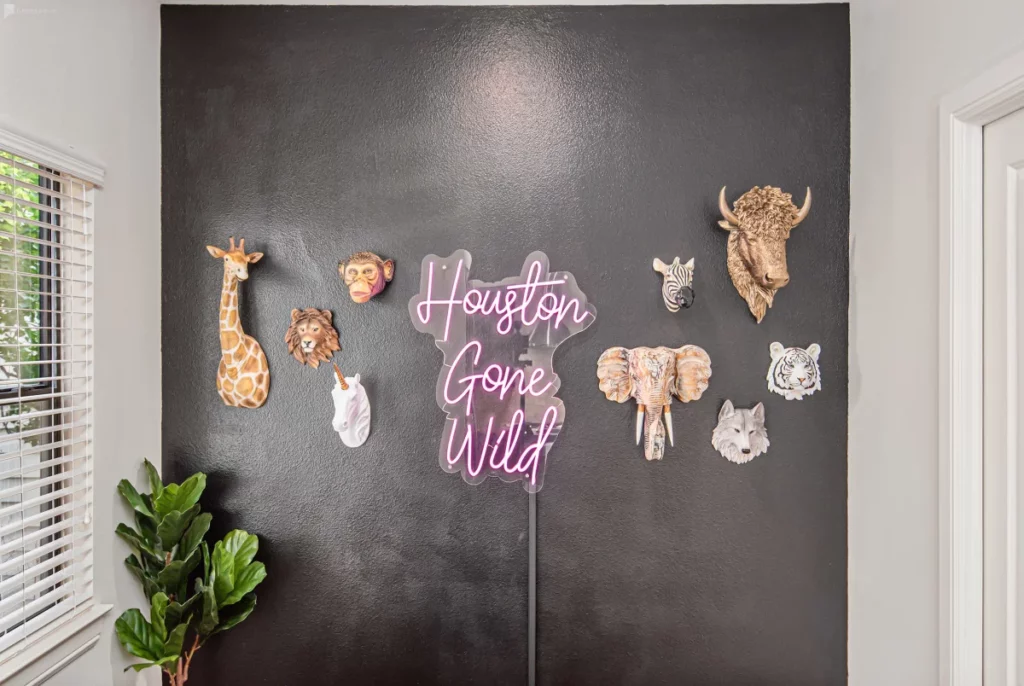
Of course, you can’t go out shooting film if you don’t have any. This is where the costs can begin to add up. While an SD card can be pricey upfront, you can re-use them indefinitely. As film has become increasingly uncommon, however, the price per roll has steadily gone up. Despite this, you may be surprised to learn that buying film is still relatively easy. Most of the large camera supply stores sell a variety of options.
If you’re willing to shoot on expired film, you can save some money, but the results can be inconsistent. For example, your images will often look fine, but other times you won’t get an accurate reproduction of colors or ISO value, and you might have artifacts in your images. This doesn’t have to be a negative, though — there are plenty of digital filters that replicate this look, so being able to achieve that aesthetic genuinely adds to the fun of shooting film.
3. Color vs. black-and-white film
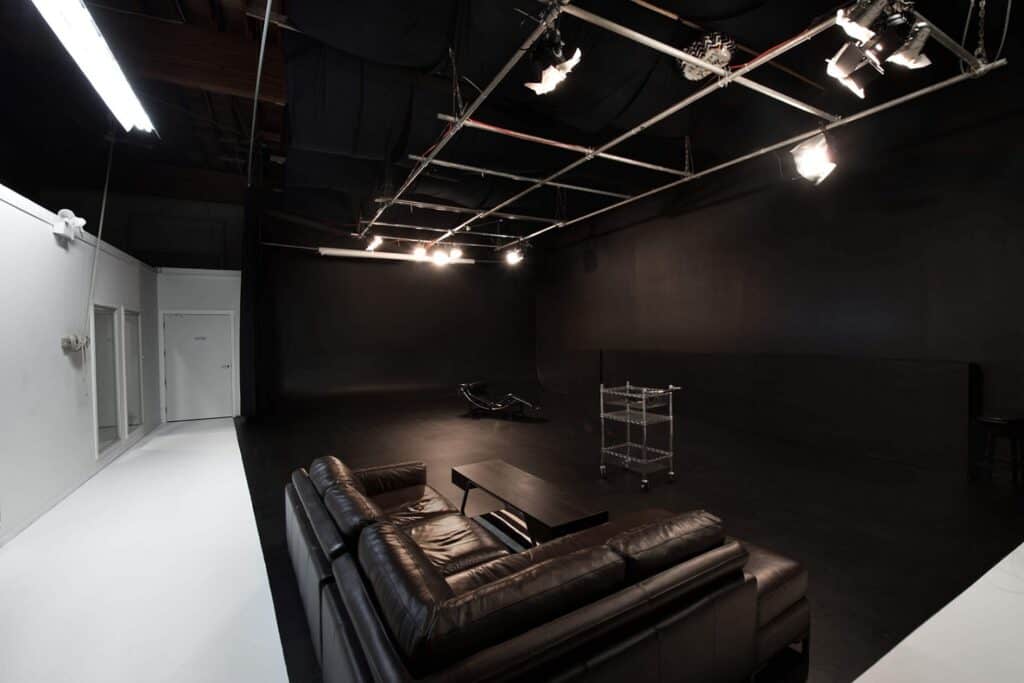
You’ll also need to choose whether or not you want to shoot color or black-and-white film. Each has advantages and disadvantages. With color, you have color negative (or “print”) film and color slide (or “reversal”) film. Color negative film is commonly available and reasonably priced; in addition, the film is very forgiving of overexposure.
Slide film is less common and more expensive, but it’s the best choice if accurate color replication is your primary concern. Processing slide film is much more costly than processing color negative film, and fewer labs still do this kind of work. You also lose all the exposure advantages you get with color-negative film. Most photo labs will give you the option to scan and digitize your images as well, so you’ll still be able to put them online or share them on social media.
Black-and-white film is a different animal entirely — it can be expensive and isn’t as common as color-negative film, and processing is an involved process that drives up the cost of development. But, unlike color films, you can process your black-and-white shots at home. There’s some basic chemistry involved — you need certain amounts of chemicals and water at specific temperatures for different rolls — and you’ll need a space you can use as a dark room.
Several companies sell boxes and tabletop tents that will isolate your film from light for loading without having to dedicate an entire room to the process. This process may seem intimidating, but it’s simple to develop black-and-white film at home if you are comfortable measuring chemicals and following directions.
4. Go out and shoot
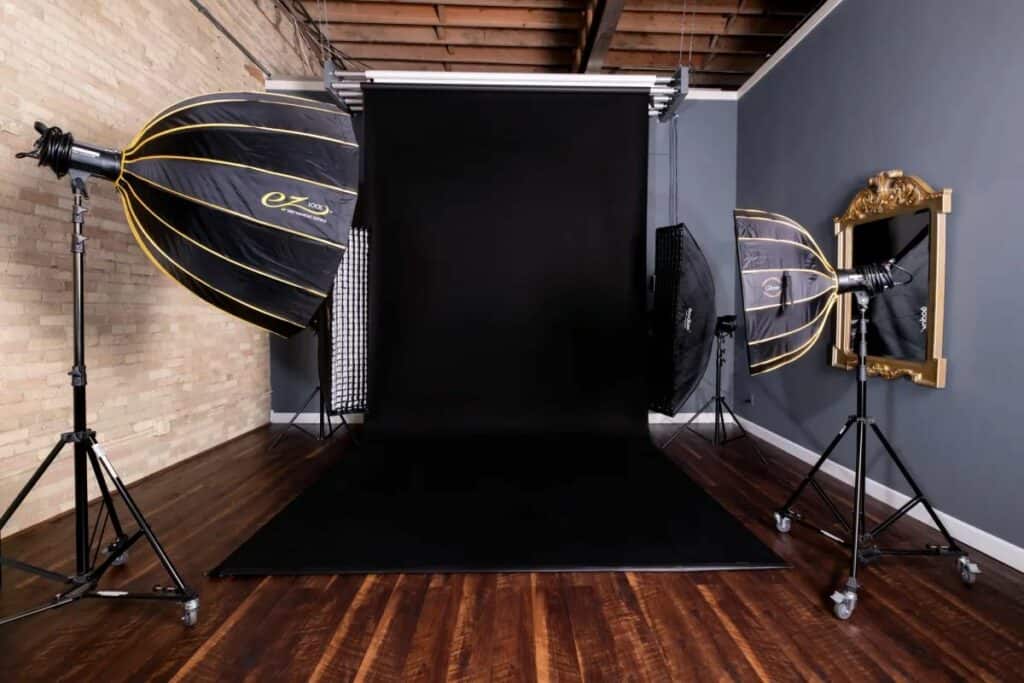
This is where the fun begins. Practically speaking, shooting film isn’t much different from shooting with a digital camera. The roll of film you choose will determine your ISO, so plan accordingly. Once you’ve loaded your film, you’re still manipulating focus, shutter speed, and f-stop to get the exposure you want.
One of the most crucial aspects of your shoot you must plan for in advance is the location. Peerspace venues are not only aesthetically compelling but many are also stocked with pro equipment. Check out photoshoot venues near you and see what speaks to you. You can book a penthouse, cabin, a professional studio with tons of sets and backdrops, and so much more. Plus, bookings are by the hour, so there’s zero long-term commitment and no hidden fees. You’ll be able to book a private space that has the amenities you want, and perhaps even a few you need (cyc walls, for instance, and props galore!).
Once you have a sensational shoot location booked, the most significant difference you will notice with shooting film is that it forces you to slow down. Your camera is slower, and you only have a few exposures per roll before you have to change it out. All of this forces you to consider your shots carefully. You’ll find yourself trusting your eye over the camera, which absolutely makes you a better photographer.
In addition, the whole system of shooting film means you cull in the field, rather than at your computer during editing. You learn to edit your work as you go, only focusing on the most important images. So, overall, you’ll have fewer images when you shoot film, but they’ll be good shots if you’ve taken your time to really consider your work.
5. Develop your film
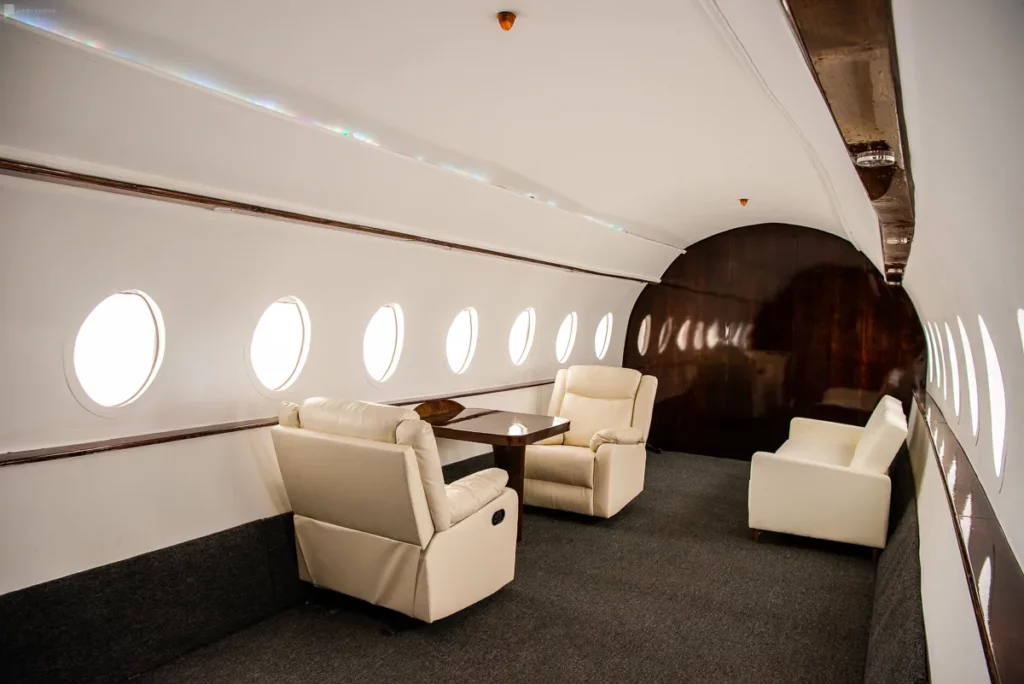
Many cities still have camera stores that operate photo labs that can develop your film. If you’re lucky enough to have one near you, this is your best option for developing. Not only will you be supporting a small business, but you won’t have to deal with the hassle of shipping your film and waiting for your prints.
If you don’t have a photo lab near you, then shipping is your only option. There are several large photo labs around the country that you can mail the film to. Turnaround time can be a week or two. You should also read a photo lab’s policy carefully — some pharmacies, for example, will still offer to develop your film. But, they’re sending them to commercial labs that often throw away your negatives. You absolutely want to work with a photo lab that will return your negatives. Otherwise, you’ll never be able to make additional prints.
Shooting film in 2024: conclusion
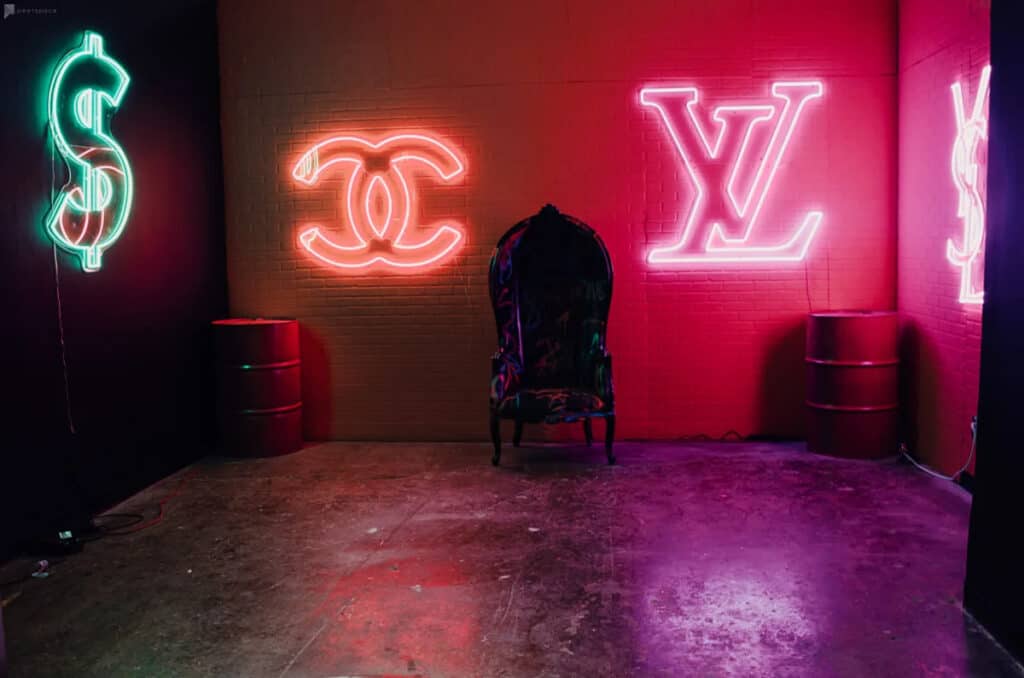
When you’re making art, the process matters — and the medium matters. The process affects not only the technical creation of the product but also the mindset of the photographer. As such, shooting film — especially if you’re used to shooting a DSLR — forces you out of your comfort zone, requiring you to think about your craft in new ways.
That kind of creative experience is worth its weight in gold (or maybe rolls of 35mm film) and can result in exceptional work. If you’re giving film a try for the first time, we hope you’ll tag us in your posts using the hashtag #MadeinPeerspace. We’d love to see your work!
Find unique photoshoot locations on Peerspace
Get together somewhere better
Book thousands of unique spaces directly from local hosts.
Explore SpacesShare your space and start earning
Join thousands of hosts renting their space for meetings, events, and photo shoots.
List Your Space

